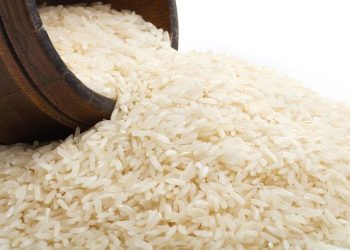Bandung, IndonesiaSentinel.com — Indonesia has long been recognized as one of the world’s top tea producers, renowned for its high quality leaves coming from tea plants grown in ideal geographic conditions. Suiting consumer tastes, Indonesian tea has become a popular choice in international markets, especially in Russia and the US.
Indonesia’s tea production is exported to various countries, with Malaysia, Russia, and the United States being the top three destinations. According to CNBC, in 2022, tea exports to Malaysia reached 8,569 tons, followed by Russia with 6,618 tons, and the United States with 3,258 tons. The strong demand from these countries underscores Indonesia’s strategic position in the global tea market. The high demand from both the U.S. and Russia also highlights that Indonesian tea appeals to consumers in both nations.
However, Indonesia’s tea production has experienced fluctuating trends. According to data from the Central Statistics Agency (BPS), the country’s tea output declined from 517,400 tons in 2012 to 492,000 tons in 2023. This decrease reflects the challenges facing the national tea industry, including climate change and shifting market preferences.
Within the international market, Indonesia faces stiff competition from other major tea producers, such as China, India, and Sri Lanka. Factors such as pricing and consumer preferences play a significant role in affecting the competitiveness of Indonesian tea in the global market.
Ayam Cemani, Indonesia’s Rare and Excotic Black Chicken Priced for IDR 77 Million in U.S
Indonesian tea is primarily divided into two main types, which are black tea and green tea. Black tea is a type of tea that undergoes full fermentation, resulting in a stronger and richer flavor that suits traditional markets in Europe and North America. Black tea dominates the Indonesian tea export market, accounting for 39,948 tons, or approximately 88.8% of the total export volume in 2022.
In contrast, green tea, which is unfermented, is more popular in Asian markets due to its high antioxidant content and lighter taste. Although green tea export volumes are generally smaller compared to black tea, there is a steady demand, particularly from consumers who seek to maintain a healthy diet.
Indonesia’s tea industry still faces significant challenges while also having big opportunities ahead. While national tea production has seen fluctuations, the consistently high quality of Indonesian tea enables the country to maintain its position in the global market. By continually improving quality and aligning with international consumer preferences, Indonesian tea has the potential to expand its market reach in the future.
(Raidi/Agung)

























